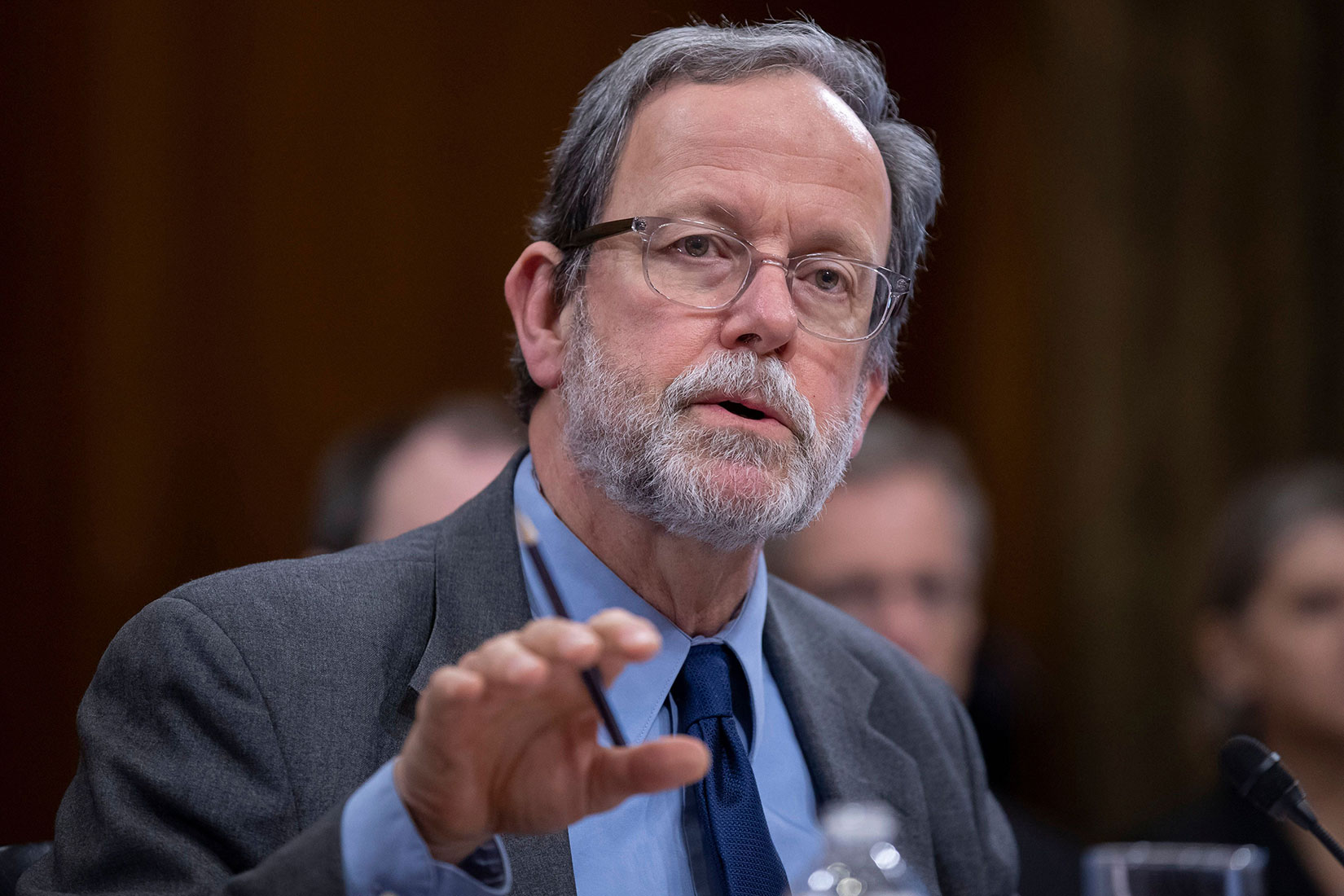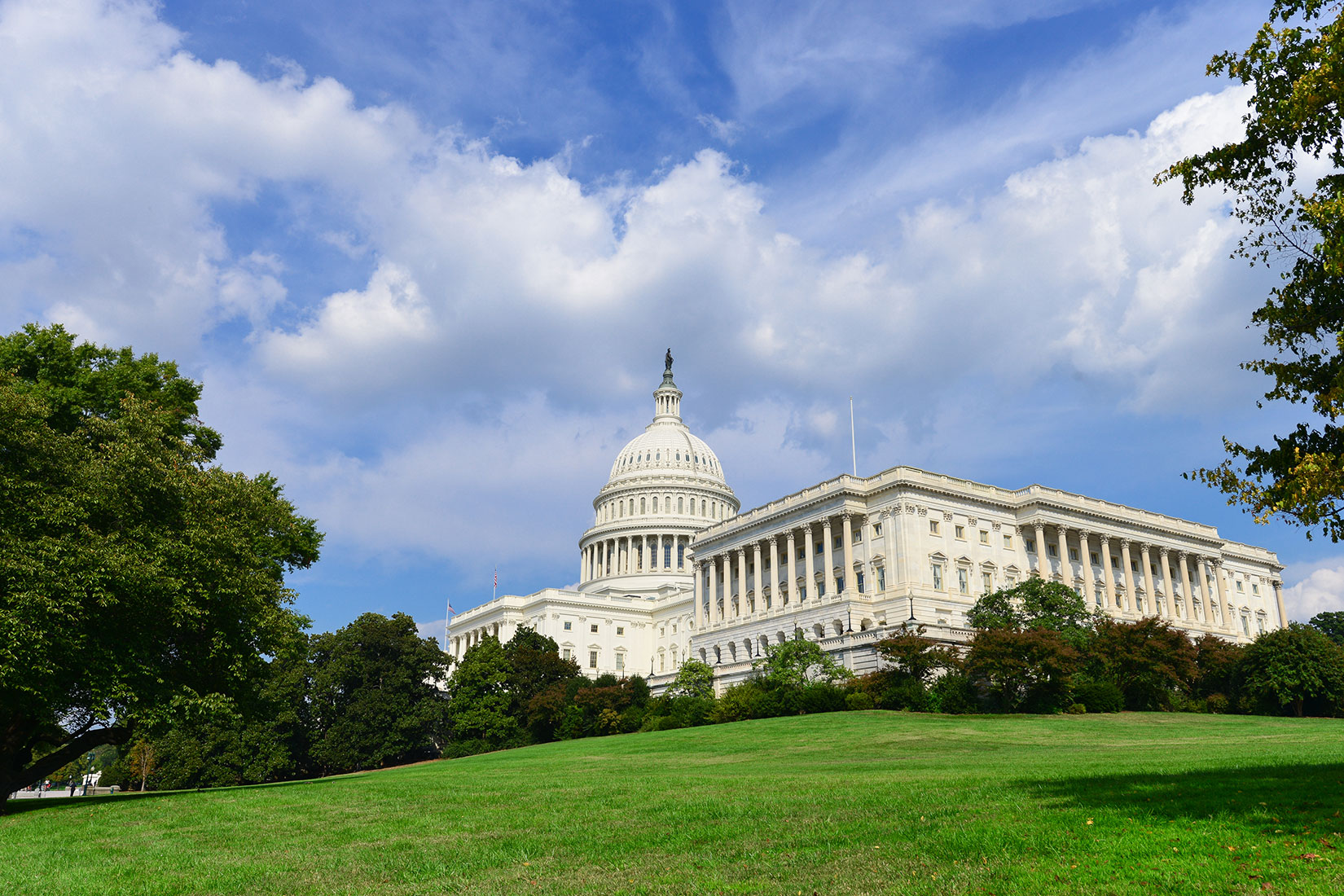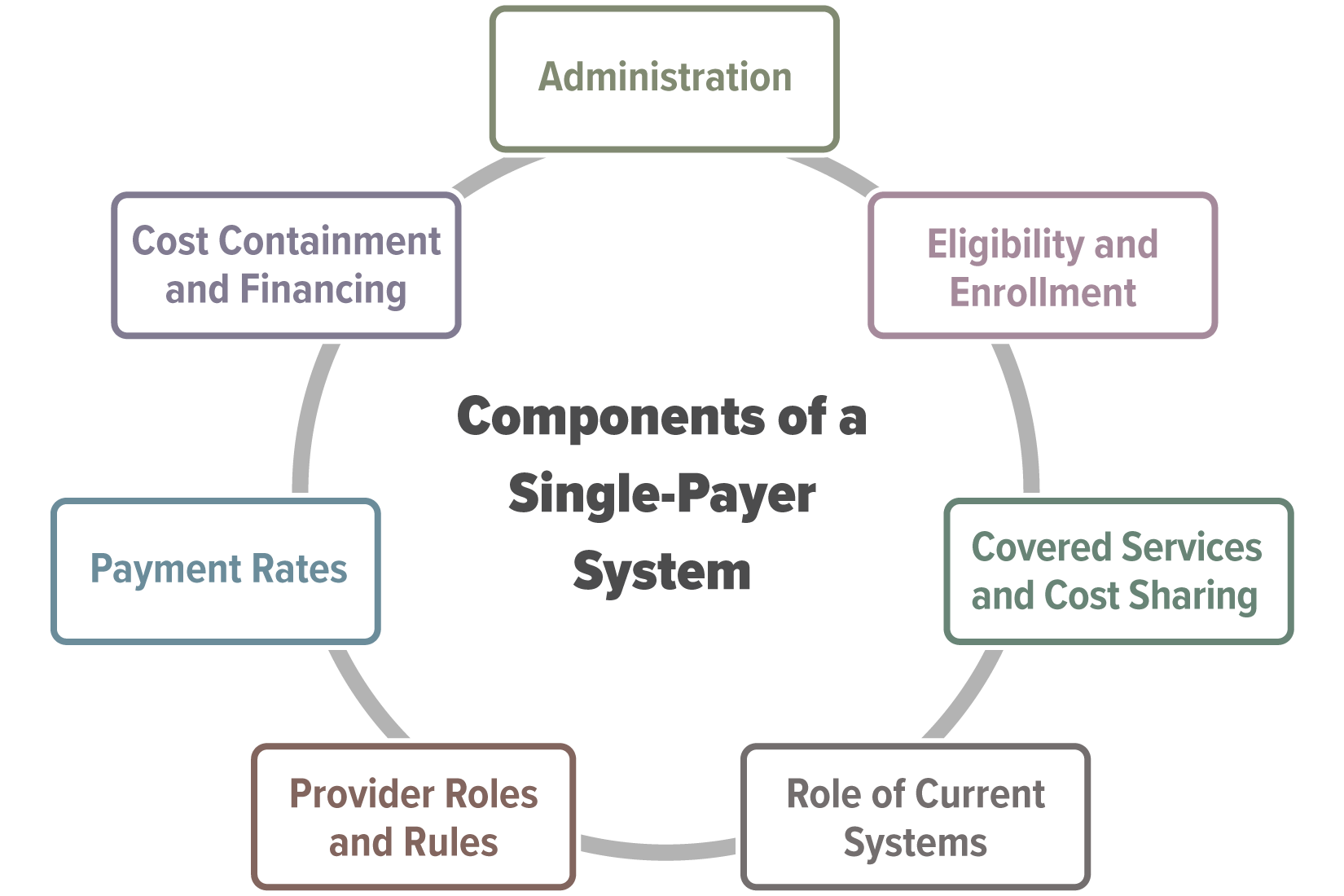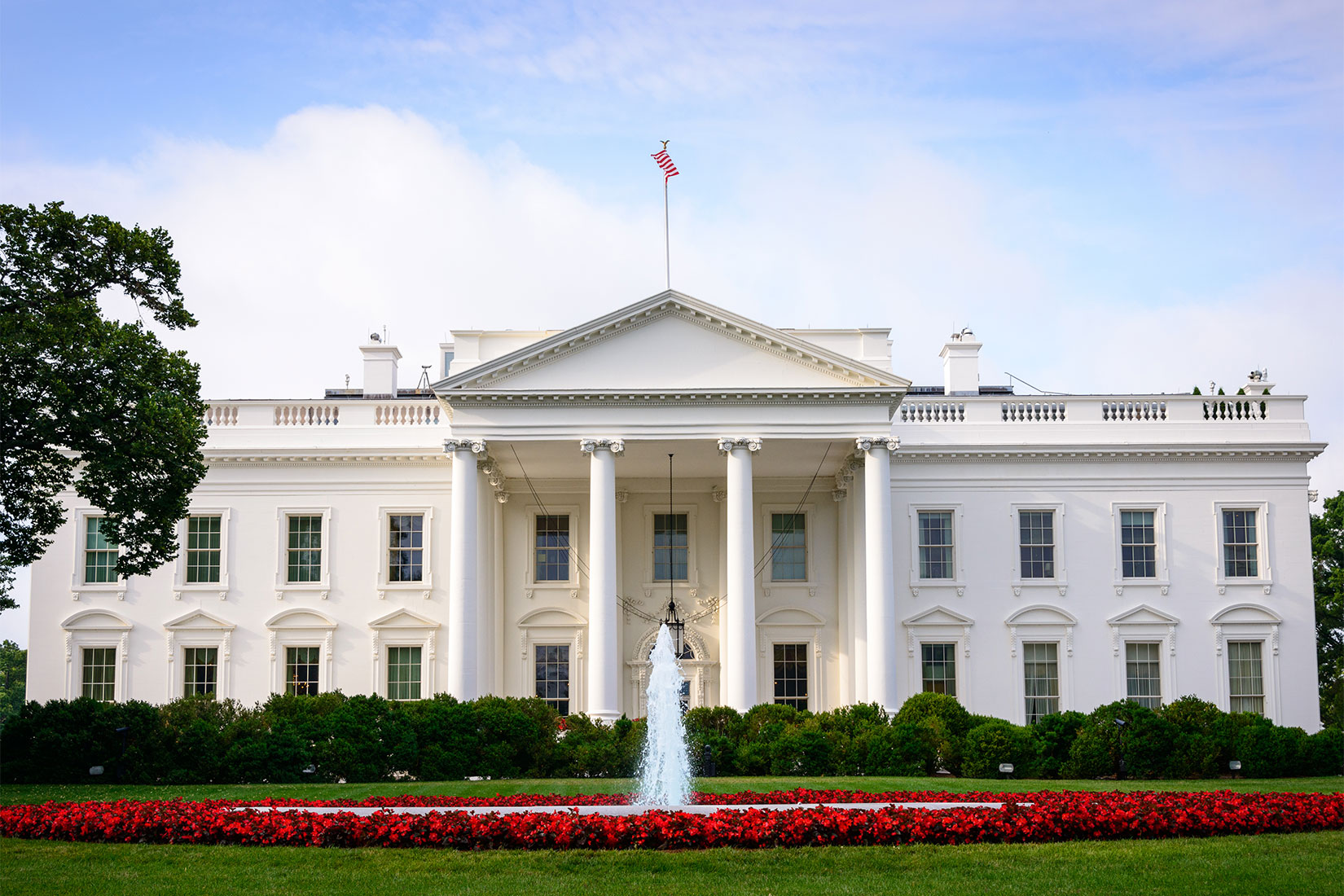I have been both honored and thrilled to be the director of CBO over the past four years. The office has an excellent, well-deserved reputation for the quality of its work and its commitment to independent, objective, and nonpartisan analysis.
CBO Blog
Using FCRA procedures, CBO estimates that new loans and loan guarantees issued in 2020 would result in savings of $31 billion. But using fair-value procedures, CBO estimates that they would have a lifetime cost of $36.5 billion.
CBO continued its transparency efforts in 2019, resulting in the release of testimony, reports, spreadsheets, presentations, interactive graphics, and other products. Such efforts build on those that we reported at the end of last year.
In this report, CBO examines how FHA’s Home Equity Conversion Mortgage program works, how it affects the federal budget, and how various policy approaches might reduce costs and risks to the government or to borrowers.
The American Association for Budget and Program Analysis presents the James L. Blum Award to people who have distinguished records of accomplishment in public budgeting. We are delighted that one of the recipients this year was Theresa Gullo.
CBO testifies before the House Budget Committee on the agency's recent work analyzing the key design components and considerations for establishing a single-payer health care system.
CBO mourns the passing of its founding Director, Alice M. Rivlin, who led the agency from 1975 to 1983. With vision, wisdom, and determination, she established CBO's structure and formulated procedures, standards, and goals that have guided it for more than four decades.
The annual costs of replacing the Army’s aviation fleet would decline during the 2020s, from about $4 billion in 2018 to about $1.5 billion in 2027, and then rise to a peak of about $4.7 billion in 2032 before drifting downward again.
Under the President’s proposals, deficits would total $9.9 trillion over the 2020–2029 period, $1.5 trillion less than the deficits in CBO’s current-law baseline. Federal debt held by the public would increase from 78 percent of GDP in 2019 to 87 percent in 2029.
CBO estimates the added personnel requirements and costs of five kinds of military space organizations. DoD wants to create three, which could increase annual costs by $1 billion to $2 billion and require onetime startup costs of $2 billion to $5 billion.











